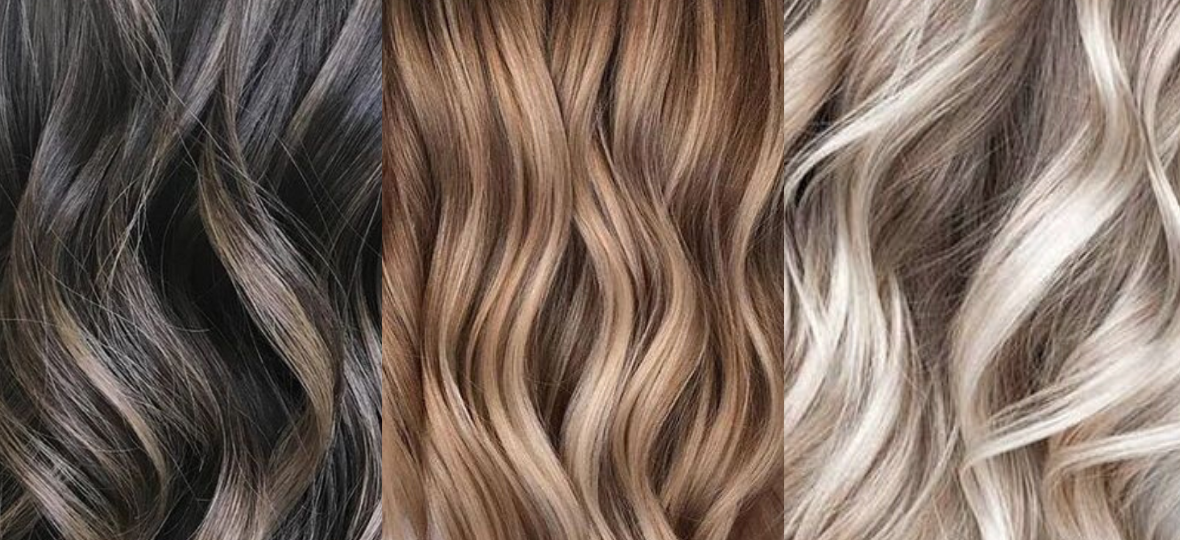The Science Behind Human Hair Color
Human hair color is a fascinating and diverse trait that is influenced by a complex interplay of genetics, environment, and lifestyle factors. The wide range of hair colors observed in humans, from black to blonde to red, is primarily determined by the amount and type of melanin found in the hair follicles.
Melanin:
Melanin is a pigment that gives hair its color. There are two main types of melanin:
- Eumelanin: This type of melanin is responsible for brown and black hair colors.
- Pheomelanin: This type of melanin is responsible for red hair color.
The amount and type of melanin produced by the hair follicles is determined by genetics. People with more eumelanin will have darker hair, while people with more pheomelanin will have red hair. People with a combination of both eumelanin and pheomelanin will have brown hair.
Genetics:
The genes that determine hair color are inherited from parents. There are two main genes that influence hair color:
- MC1R gene: This gene is responsible for the production of eumelanin. People with a variant of this gene are more likely to have red hair.
- SLC24A5 gene: This gene is responsible for the production of pheomelanin. People with a variant of this gene are more likely to have blonde hair.
Environment and Lifestyle Factors:
In addition to genetics, hair color can also be influenced by environmental and lifestyle factors, such as:
- Sun exposure: Sun exposure can lighten hair color.
- Diet: A diet that is deficient in certain nutrients, such as copper, can lead to premature graying of hair.
- Smoking: Smoking can accelerate the graying of hair.
- Stress: Stress can also contribute to premature graying of hair.
Graying Hair:
As people age, their hair follicles produce less melanin, which leads to graying of hair. The rate at which hair grays varies from person to person and is influenced by genetics, environment, and lifestyle factors.
Hair Color Disorders:
There are a number of hair color disorders that can affect hair color, such as:
- Albinism: This is a genetic disorder that results in the absence of melanin production. People with albinism have white hair, skin, and eyes.
- Vitiligo: This is an autoimmune disorder that causes the loss of skin pigment, including hair color.
- Canities: This is the age-related graying of hair.
Conclusion:
Human hair color is a complex trait that is influenced by a variety of factors, including genetics, environment, and lifestyle. The diverse range of hair colors observed in humans is a testament to the beauty and complexity of human biology.
